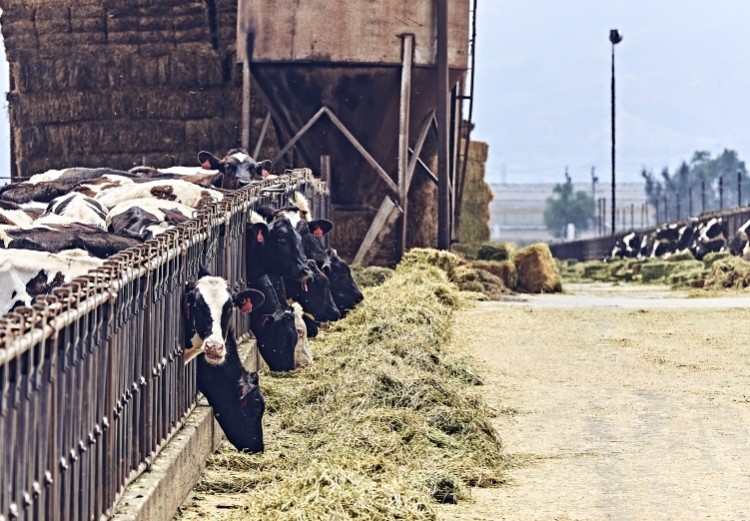American Dairy Coalition supports return to previous Class I pricing while new options explored

The American Dairy Coalition (ADC) said it applauds Gillibrand for her leadership, working with Senate Ag leadership, her subcommittee, and the dairy industry to bring this hearing to fruition.
Recently, the ADC board passed a motion supporting a return to the previous Class I formula while options are vetted through the USDA hearing process.
Laurie Fischer, CEO of the ADC, said she “doesn't see the downside to farmers in returning to the previous ‘higher of’ formula for Class I milk temporarily, until USDA Dairy Programs’ formal hearing process, and farmer input, can be considered on the best way to move forward. There is evidence that the loss of the ‘higher of’ milk pricing method significantly undermined farmers’ risk management strategies, and certain farmers witnessed severe losses while others benefited. Going back to the ‘higher of’ milk pricing formula provides a reasonable farm-level milk price.”
Fischer said during the Senate subcommittee hearing, panelists agreed Federal Milk Marketing Orders need reform and shared their short- and long-term views. They also agreed the best method for reform is through the USDA rulemaking process that ensures all parties are heard and the new Class I formula, done legislatively and implemented in May 2019, is inadequate for the changing and uncertain markets.
Fischer said, "We agree, but an immediate solution is needed while the slow and deliberate long-term process takes place. Returning to the previous Class I formula, one that already went through such a deliberative process, is the short-term option that makes sense for producers to be able to navigate price volatility and manage their price risk. Everyone agrees the change was never meant to harm farmers, but unfortunately, it did.”
The ADC said there was an impact of more than $750m in losses under the new averaging method with 74-cent adjuster compared with the previous use of the higher of Class III or IV to set Class I.
ADC said it responded by facilitating discussions with producers and state organizations, asking to collaborate on a solution in a March letter to National Milk Producers Federation and International Dairy Foods Association.
During the Senate subcommittee hearing, Mike Ferguson, a 150-cow dairy producer in Mississippi supported bringing back the previous ‘higher of’ method while a longer-term solution can be considered through the USDA process. He said the Southeast fluid milk market was devastated by the class price inversions.
Jim Davenport, milking 64 cows in New York observed the class prices are aligning better recently but said “we’re not out of the woods yet,” on Covid-19 and supply chain disruptions.
Christina Zuiderveen, whose family businesses milk 15,000 cows in Iowa and South Dakota said pricing for milk of the same quality should align, foster innovation and competition, be transparent and promote a nimble industry that can respond to changes.
If producers can’t anticipate which classes will participate in the pool or drive their milk price, then they can’t manage their risk effectively, losses become compounded, and this discourages risk management, she said, noting a variance as wide as $9 per hundredweight between neighbors and regions “creating a sense of helplessness among producers.”
Catherine de Ronde, an economist with Agri-Mark, a dairy cooperative with 720 Northeast members, said producer risk management decisions are based on traditional class pricing relationships and what the market might do. But the rapid rise in Class III made divergence so wide, and the new Class I formula could not account for that.
Under the new formula, USDA's pandemic cheese purchases supported dairy but created distortions. As those purchases were tilted to cheese, “this large divergence meant the Class I milk prices were lower than they would have been under the former pricing rule,” said Cornell ag economics professor Dr Christopher Wolf.




